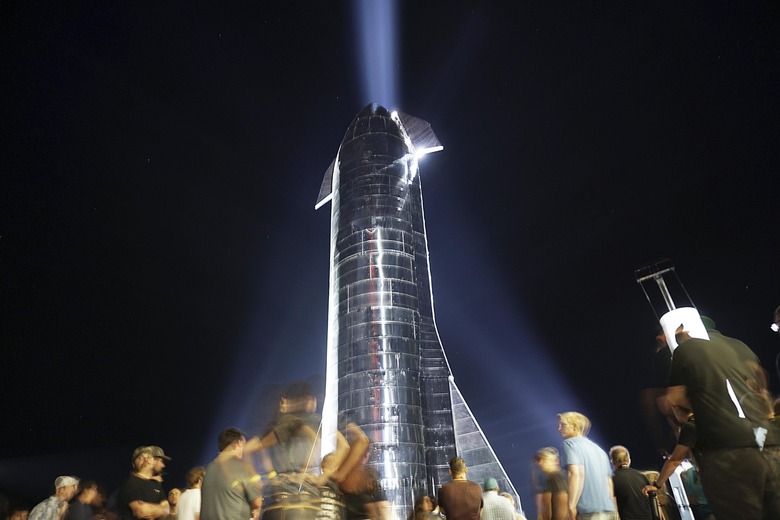SpaceX Starship Explosion Is Now Under Federal Investigation
April 20's launch of SpaceX's Starship might have been deemed a success when it happened, but now the company has found itself at the center of a federal investigation. According to reports, the Federal Aviation Administration (FAA) is now investigating the Starship explosion.
The reason for the investigation — and the reasoning behind the U.S. government's grounding of SpaceX's Starship — is concerns that the explosion of the rocket led to potentially hazardous debris falling down over homes and into the habitats of endangered animals.
The Starship explosion, the reports indicate, may have been responsible for broken windows and ash that rained down on the aforementioned animal habitats. It is, of course, no secret that the booster demolished the launchpad that it left behind, leaving a craterous wreck in its place.
More photos from the first flight test of a fully integrated Starship and Super Heavy rocket pic.twitter.com/tnd6Vkw5uR
— SpaceX (@SpaceX) April 23, 2023
Additionally, the reports say that dust and debris from the test launch rained down on the residents of nearby Port Isabel, Texas, a small town roughly 6 miles (10 kilometers) from the launchpad. The debris reportedly rained down upon the nesting grounds of birds and sea turtles across Boca Chica's beaches.
It is important to remember that these FAA mishap investigations are standard practice when something like the Starship explosion happens. However, the investigators will still need to conclude that the public isn't in any kind of danger before Starship can even attempt to launch again.
This, of course, only heightens the chance that delays to NASA's Artemis III might happen, as Starship is intended to act as the landing vessel when the space agency returns to the Moon later this decade. While it isn't unusual for first launches to go astray, the Starship explosion was massive, especially when you look at how big the rocket itself is.
The two-stage rocket took off with a thrust of over 16.5 million pounds, making it the largest and most powerful rocket ever built. And that kind of power does come with responsibility. The lack of any kind of safety systems to help negate the force of the boosters, as well as the proximity to endangered habitats is concerning.
Because of these habitats, the FAA's "anomaly response plan" has also come into place, which will require SpaceX to complete extra environmental mitigations before it can be issued a new launch license for Starship.
